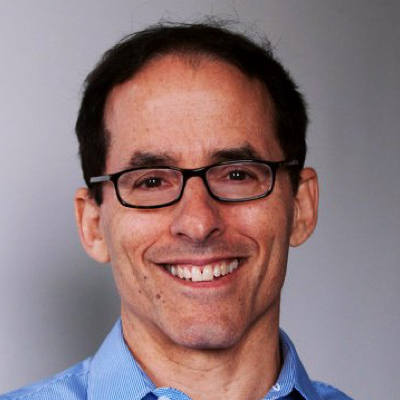March 13, 2001
Dean Baker and Mark Weisbrot
March 13, 2001
As the officially christened Bear Market continues to roar, millions of Americans are wondering what went wrong. Many will have to change their retirement plans, working longer or figuring out how to live on less when they retire. Others will not be able to contribute what they had planned to their children’s education.
Many journalists and market analysts are now using the word “bubble” to describe the run-up in the Nasdaq to its peak last March. But hardly anyone has looked at the long-term arithmetic of this bubble.
Contrary to popular belief, there is something quite definitive that can be said about the long-term prospects for stocks, and it is not good. Even after the most recent plunges, the market remains highly overvalued for the long term.
How can we tell? The average price-to-earnings ratio is still about 25 to 1, which is way out of line with its historic levels of about 14 to 1 over the last 75 years. This ratio measures the price of an average share of stock relative to earnings (profits) per share.
It is hard to think of a good reason why stocks should be so much more valuable today, relative to companies’ earnings, than they have ever been in the past. Assume — generously — that the price-to-earnings ratio does not fall back to its historic level, but does not rise further. Then we can look at the long-term arithmetic of stocks.
If the price-to-earnings ratio cannot rise, it follows that stock prices can only grow as fast as profits. How fast can profits grow? The Congressional Budget Office projects about 1.0 percent annual inflation-adjusted profit growth over the next ten years. These are the most widely used projections; but we can be more optimistic, and say that profits will grow as fast as the economy is projected to grow: 2.3% annually, adjusting for inflation. (Over the long run, profits do not grow faster than the economy as a whole).
This implies that shareholders can expect, on average, a 2.3% annual increase in the price of stocks over the long run — at best. Now add to this the average dividend payment: currently about 2.0%. This gives us a total return on stocks, after inflation, of 4.3%.
Why would anyone want to risk their money in the stock market for an average real annual return of 4.3%, when they can get a similar return on a completely risk-free inflation indexed government bond? Answer: they wouldn’t, if they did the math.
We began to publish the details of this math 4 years ago, in order to alert the public to the dangers of a growing stock market bubble. One person who apparently grasped what was going on was Federal Reserve chair Alan Greenspan, who announced in December of 1996 that the market had been carried away by “irrational exuberance.” At the time, the Dow was at 6300 and the Nasdaq at 1300. But the markets reacted badly to his warning, so he kept quiet after that. He did not want to be blamed for letting the air out of the bubble.
Back to the arithmetic: the only way that stocks can once again become a reasonable long-term investment is for the price to fall until the average dividend becomes much larger in percentage terms. For example, a $100 share of stock that pays today’s average dividend (2.0%) earns $2.00 per share. If the price falls to $50, that same dividend is now 4 percent.
This implies that the broad stock market — not just tech stocks or the Nasdaq — must fall at least another 30-40% before stocks offer enough of a premium for it to make sense for a long term investor to choose stocks over bonds.
These calculations apply only to the long run — in the short run stocks can go up or down, depending on psychology. They can also “overshoot” on the way down, falling below what their long-term value should be.
Of course the main task at hand is to prevent this enormous evaporation of wealth — already more than $4 trillion lost in the stock market over the last year — from sending the economy into a tailspin. But when the dust settles, we hope that our political leaders will have to answer some pointed questions, along the lines of “what did you know and when did you know it?” This market’s eventual crash was predictable — and predicted. The politicians and officials who chose to ignore the bubble should explain why they failed to do anything to prevent our economy from being exposed to these serious — and unnecessary — risks.
Dean Baker and Mark Weisbrot are Co-Directors of the Center for Economic and Policy Research, in Washington, D.C.







